
Since Simone Biles stepped down from the Olympic competition last week, I’ve been thinking a lot about grit.
When I was 9 years old, I remember watching Kerry Strug injure herself and do her final vault with a broken ankle.
And, I remember that she was praised. She was a champion. This is what winners do.
I played softball when I was a kid. And, do you know what? I played through so many injuries. I would run until I couldn’t take another step. I would pitch until I was laying in a heap on the ground because I couldn’t land on my ankle one more time. I had surgery on my ankle and knee before I graduated from high school.
Why? Because winners have grit. It was mind over matter.
Normally, grit is seen as a good thing, even when it’s taken to the extreme. I’m happy to see a new discussion about prioritizing health over results after Simone Biles stepped out of the Olympics.
To be honest, having too much grit is actually one of my biggest weaknesses.
Because I have taken grit to the extreme, I injured myself way too often. The same reasons contributed to me sticking with jobs for far too long (sometimes years):
- I believed that I was in complete control of my own success.
- Through had work and inspiring others, I could change any situation or environment.
- It was my responsibility to choose my attitude. I needed to choose happiness.
Toxic, right?
Because of my grit, I stuck it out at jobs until I was stopped in my tracks, often by mental health issues.
Grit can also be known as having an “internal locus of control.” Taken to the extreme, it can be very damaging.
While I would agree most of the time this is a good thing, taking any good thing, including an internal locus of control, to the extreme can also be dangerous and unhealthy.
5 Warning Signs it’s Time to Get a New Job
Since I overcame my severe depressive episode over the last few years, I’ve come to understand the early warning indicators that you should consider finding a new job (and maybe even quitting before you have another job lined up). This post is an effort to share those learnings with you.
While I hope you don’t experience these challenges at your job, I hope my story can serve as a cautionary tale.
Sometimes earning a high income comes with costs. These costs might be to your health, your happiness, and your well-being.

I used to believe that these costs were inevitable. However, I learned the hard way that these costs are not worth paying, nor are they necessary, to make a good, steady income.
If you take anything away from this post, I hope it’s this: If you are experiencing any of these things, listen to yourself. You don’t have to push through, try too hard to change it, or try to change your negative emotions. Maybe the emotions are telling you it’s time to get out.
Maybe you need to walk away. Or maybe you need to run away as fast as your legs can carry you.
1. Long Hours
According to the Bureau of Labor Statistics and Gallup, Americans work on average 44-to-47 hours/week. While Americans might work less now than they did in our early history, we are working more than the standard 40 hours that was written into the Fair Labor Standards Act in 1940.
In a time where many of us receive salaries that are exempt from overtime wages, we are working many more hours than should be expected. Sometimes we think that more hours are expected with high salaries. I certainly fell into that trap.
In the toxic job I left in 2018, I consistently worked about 50 hours/week. I never felt like I could get everything done even in that amount of time.
After quitting that job, I took a “pay cut” to work part-time. It appeared that both my total wages and pay rate were going down. However, when I calculated my real hourly rate taking into account my actual work hours, I actually got paid about $5/hour more in my part-time job.
Taking a pay cut to work fewer hours may be worth it.
2. Long Commute
Prior to the pandemic, the average commute time in the United States is 26.6 minutes each way. While you may not be commuting now, your job might require you to come back into the office full-time in the future. If you are required to commute 5 days/week, this would add a full hour to each day. We can also think about it this way: it’s adding 5 hours/week or 260 hours/year. That’s a lot of time.
In my last full-time job, my commute was about 40-55 minutes depending on traffic. When I took into account the time it took to park and walk into the office (the parking lot was quite far away), the door-to-desk commute was about an hour.
This added 2 hours/day, 10 hours/week, or 520 hours/year to my working hours. That was the equivalent of spending 22 full days/year commuting. Almost a full month/year of my time was spent commuting.
On top of my 10-hour workdays, 2 hours spent in traffic meant I was gone for work for 12 hours/day.
No wonder I was exhausted!
3. Toxic, High-Stress Culture
It can be hard to define the components of a toxic-high-stress culture, but we all know them when we see and feel them.
I recently read an article from Inc. that outlines the characteristics of toxic work culture. They described it as follows:
- A constant focus on things people are doing wrong and correcting problems with minimal positive feedback when things go right.
- A lack of appreciation or recognition for the work that people do.
- A bureaucracy that has too many layers to move work forward.
- Leaders who focus on control and micro-management.
- Little concern for the happiness or well-being of employees.
- When people are expected to sacrifice their personal lives for the job with long hours and little downtime.
Reading that article was sobering for me because I experienced all 6 of those things in the job I left in 2018. Yet, I didn’t recognize it as a toxic work culture. Within that organization, there was somehow also a narrative that the culture of the organization was amazing and you wouldn’t find a culture like this anywhere else.
Somehow I (and most people in my organization) bought into this narrative and assumed that everyone else was experiencing it as a positive culture.
4. Bad Boss
While a toxic work culture can be a huge factor in your level of enjoyment in your job, your supervisor can perpetuate or mitigate those impacts. You could still have a somewhat positive experience in a toxic culture if your supervisor shields you from the biggest challenges.
The opposite is true as well. You can have a terrible boss in a healthy work culture and have an overall terrible experience.
The worst is when you have a bad boss in a toxic work culture.
The number one cause of unhappiness at work is bad bosses. If you have a bad boss in a toxic work culture, you should consider finding a new job fast. It’s unlikely that they’ll change quickly enough for it not to impact you.
Feeling unappreciated by my boss was the main reason I decided to leave my part-time job in late 2020. My boss started to express dissatisfaction with my commitment to work part-time hours and kept pressing me to take on more work. She continually made comments about how she “really needed someone full-time” and how she “couldn’t design a job just to meet my needs.” She focused exclusively on everything I didn’t have time to do, not on the things that I did contribute. When that happened, I knew it was time to leave.
5. Lack of Growth Opportunities
In some companies and organizations, there are a lot of growth opportunities. There are opportunities to take on new projects that might come with promotions and pay raises over time. However, this is not the case for all employers.
In fact, there was a recent study that found that employees who stay at their companies for longer than two years get paid 50% less in the long term. When you stay at the same company, the average annual pay increase is about 3% or 4.5% for high performers.
When you find a new job at a different company, the average increase is between 10-20%. If you want to boost your income, one thing you can do is consider switching jobs.
Interestingly enough, a lack of growth opportunities was not something I experienced in my toxic job. If anything, there was too much challenge. I increased my salary by 64% during my 4 years in the organization with 2 promotions. This was honestly part of the reason I stayed for so long.
I think the most important thing is to get paid what you deserve. If you do your research, you can know if you are being paid a fair wage. If you aren’t, try to negotiate your salary or bring your skills to a new company.
What to Do if You See the Warning Signs
Most of us haven’t yet reached financial independence and don’t have the luxury to be able to quit our jobs and spend all of our time on passion projects that may or may not make money for us.
If you have even just a couple of these early warning signs, I’d encourage you to think critically about your job. Ask yourself the following questions:
- Is this job worth it to me?
- Am I trading my health, my happiness, or my peace for a high paying job just to reach FI faster?
- Is it possible that there are better opportunities out there for me?
If you answered “Yes” to any of the above questions, I’m here to say 2 things:
1 – It’s not worth it.
2 – I am confident that you can find a better situation that still enables you to pursue your goals.
You will find another job, and it will very likely be better, as long as you are thoughtful and critical during the interview process. Maybe you can even use this as an opportunity to start working on projects you are passionate about on the side.
Anything that Costs Your Peace (and Happiness) is Too Expensive
I recently read an article on Four Pillar Freedom about Enjoyable Active Income (EAI). EAI is defined as, “Income resulting from active work that an individual finds enjoyable.” While this is a very simple concept, it was very inspiring to me.
Because I graduated from college immediately after the recession, I had a complicated relationship with work. In the year after graduation, I applied for over 100 jobs, found a job I hated, and later started working for AmeriCorps making $11,000/year.
Because of these experiences, I’ve always thought that finding a job would be extremely challenging and that it was no more than a pipe dream to have a job you actually enjoyed.
Through understanding the concept of EAI and my engagement with members of the FI community, I’ve come to realize that it is possible to enjoy our lives while we are working. When we have a certain level of financial freedom (what I might call F-You Money) we can use that freedom to build a life we want to be living.
After quitting my toxic job in 2018, I transitioned to working part-time for a nonprofit organization. I worked there for two years while I build up this blog and my coaching business. This allowed me to quit my part-time job in late 2020 to become a “full-time” entrepreneur. What I’m currently doing is truly EAI.
My part-time non-profit job was much more enjoyable and required fewer hours. This provided me with the opportunity to start and ultimately transition to running my own business. This is totally worth it, even if I currently earn less money.
As Fioneers, we believe the journey should be as remarkable as the destination and that we can build lives of happiness and meaning along the path to FI. If your job doesn’t bring you happiness and meaning and instead causes you headaches and unhappiness, maybe it’s time to walk (or run) away.



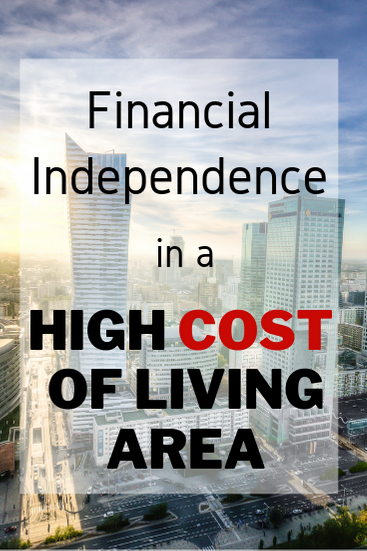


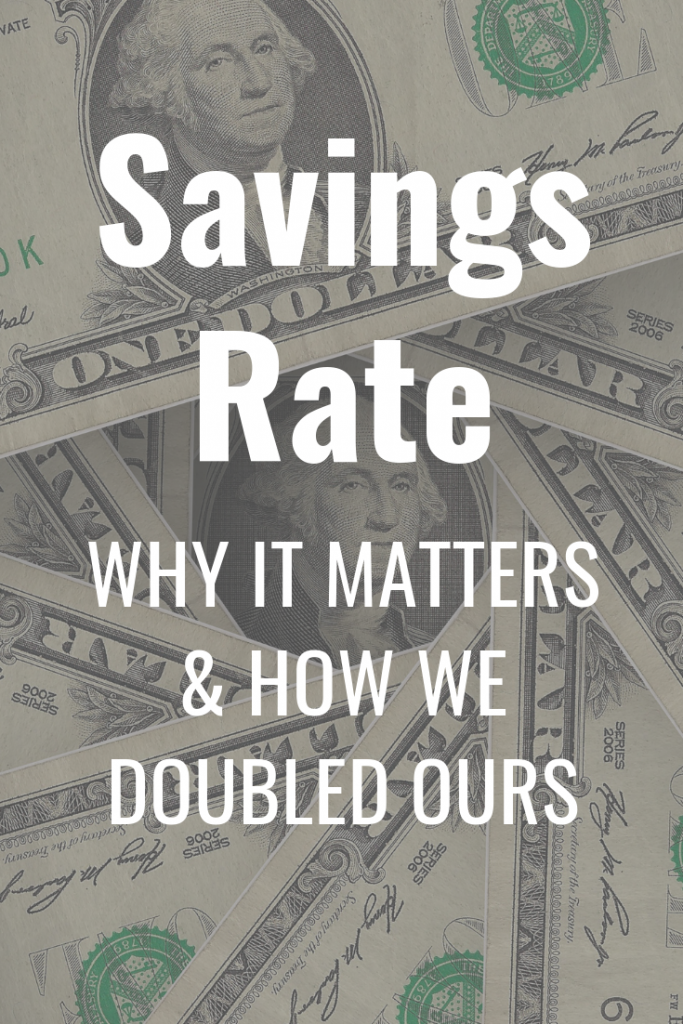


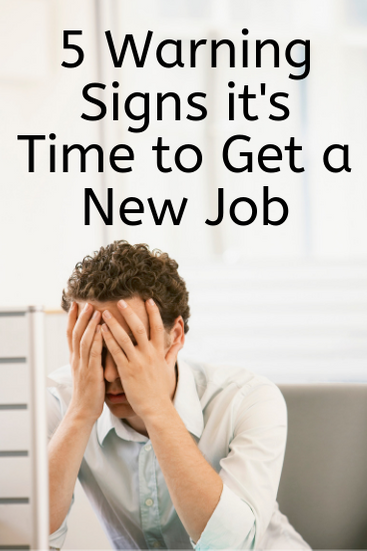

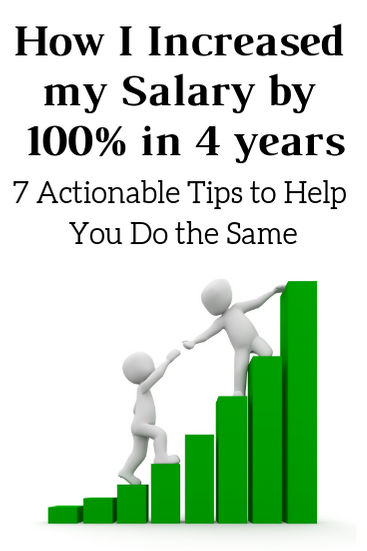
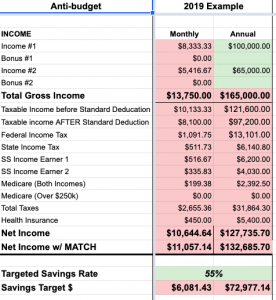

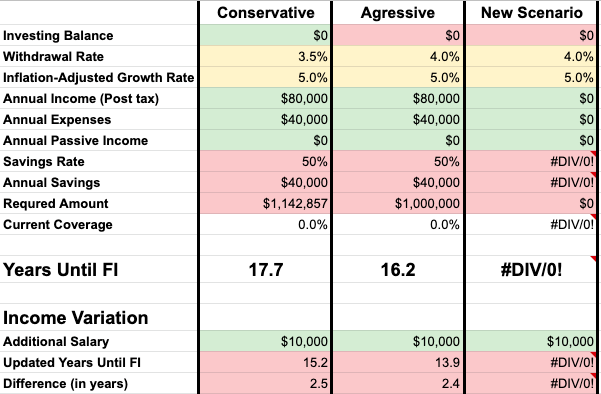
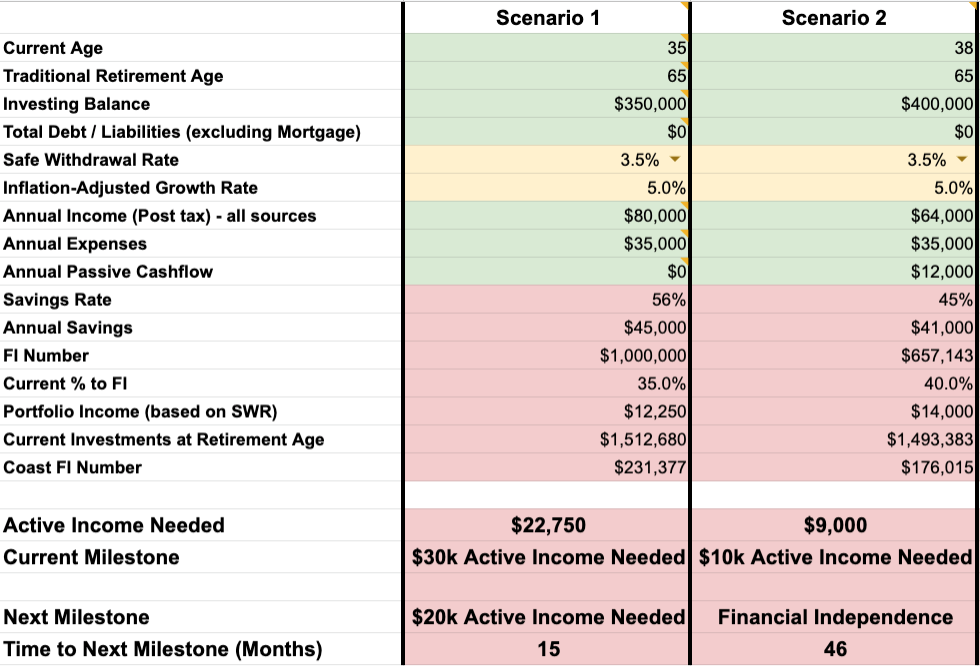
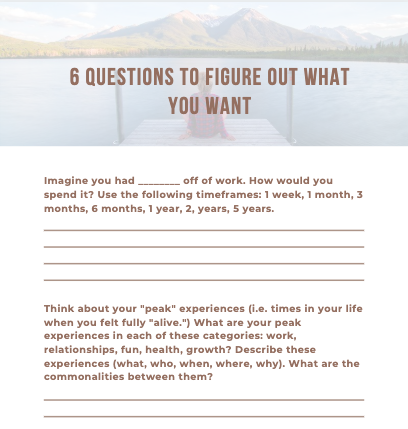

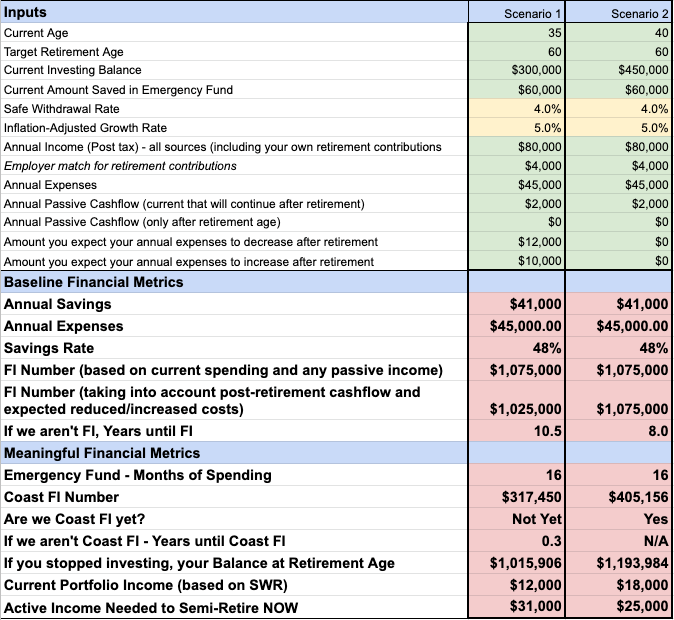
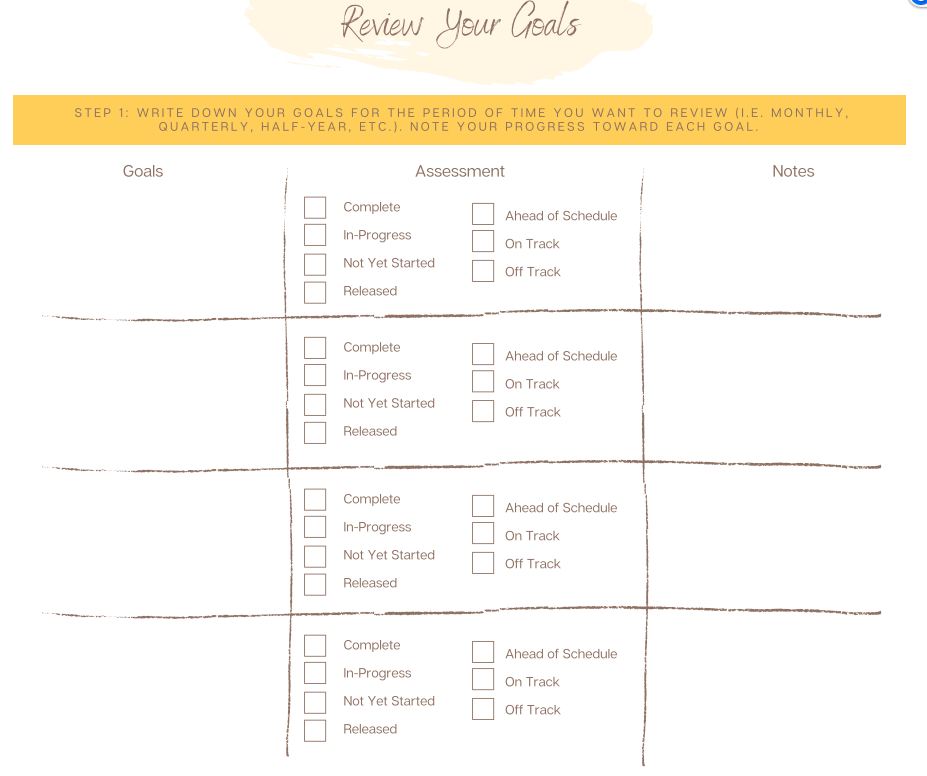
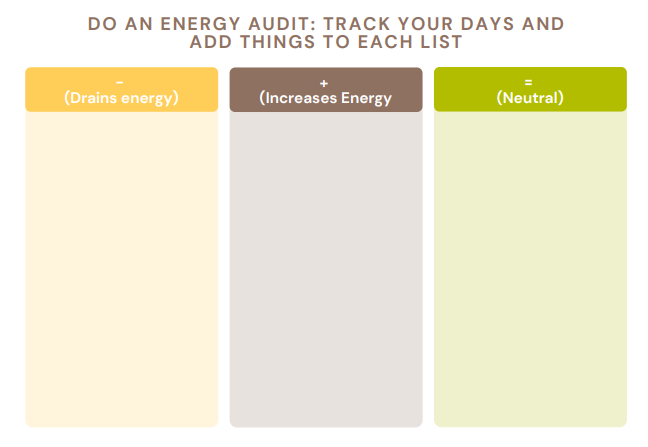

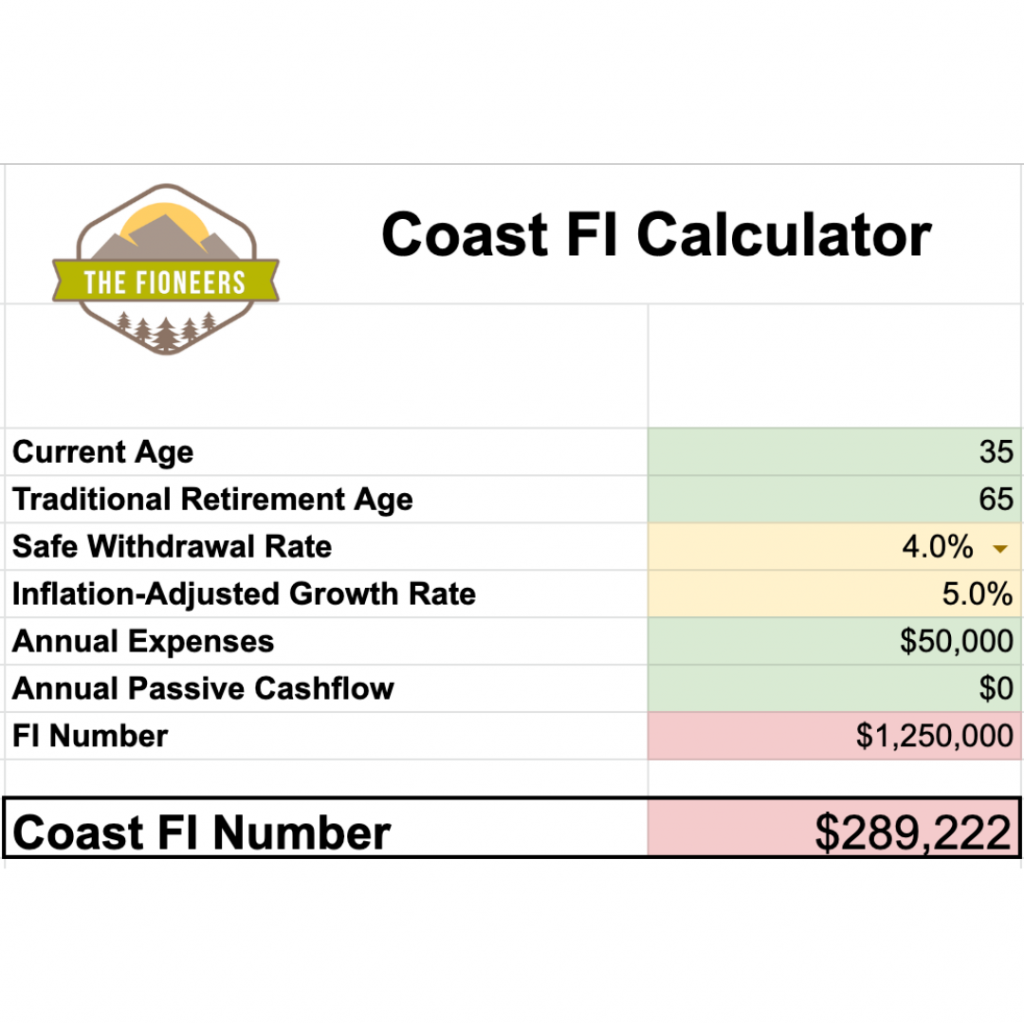



I have FU money – enough to last me a couple of years (I think) if I don’t have a job … yet I don’t really have the courage to quit a toxic environment. I am afraid of the other side, I suppose, and yes, like you, I have huge amounts of grit. HUGE. And I only quit when my body makes me quit. I hope I learn the lesson this time and quit before a toxic environment wrecks my health.
Hi Liz,
Thanks for your comment. I have learned the hard way that I can make decisions based solely on my personal preference and what I want; I don’t need to wait for my external environment to make something untenable. I hope you can find the courage you leave your job before it impacts you too much.
Best,
Jessica
Me too, Jessica. But things could be better soon just that I am exhausted from the battle. The whole thing made me realise how much I would sacrifice for the FI goal and it’s not healthy.
I agree that not enough awareness is raised about people who have TOO much discipline, grit, perseverance, etc. A lot of public awareness is geared at telling people not to give up, but sometimes some personalities need to be told that it is good to give up, loosen up, whatever the case may be. There are runners who run themselves into the ground with injuries, kids with orthorexia that won’t touch a grain of sugar, etc. Where are the PSAs for them?
Anyhow, well done! Nice post.
Hi Savvy History,
Thanks for the comment. I agree that there needs to be more awareness geared toward telling people that it’s okay to give up, quit, and loosen up. 🙂 It’s something I’ve struggled with all my life. I remember in high school, I ran myself into the ground during a softball practice (because I didn’t want to admit that something hurt and ask for special treatment), and I literally ran until I could not run anymore, and I was laying on the ground in pain. Then, I was out for the rest of the season with a hip injury. I certainly needed someone then to tell me that it’s okay to stop.
I hope we can spread the message that it’s okay to give up! 🙂
Thanks,
Jessica (aka Mrs. Fioneer)
Sorry to hear that! I had a similar experience running cross country in high school. I had stress fractures. If I would’ve stopped running for just a few weeks, my body would have recovered and I could’ve been a top runner again. However, I thought I would “fall behind.” Then I needed crutches and couldn’t run at all. Lesson learned (maybe…)!
As you know, cutting back to 80% time was the best work decision I’ve ever made 🙂 So glad you pivoted into something that appears to be a much better deal for you. I used to work those 45-50+ hours a week so 32-35 feels like a LOT less.
Thanks Angela! It is certainly a better work situation. Part-time work is amazing. I’m not sure if I’ll ever want to go back up! It’s amazing how more balanced life feels. Not rushing everywhere all the time.
I’ve wrestled with this lot in my life, and you’ve articulated it beautifully. I oscillate between giving up and hanging on to a job for way too long. My current job doesn’t suffer from the red flags you identified aside from #5, lack of growth opportunities. I’ve been doing the same thing for 11 years, and my supervisor does the same thing I do. But grit (or maybe misplaced loyalty or fear of moving on) keeps me here.
I’m really enjoying your blog and look forward to reading more!
Hi Frieda,
Thank you for your comment. I’m glad you are enjoying the blog. I can completely understand your predicament; if you don’t struggle with the 1st four things, it sounds like you have a pretty great working situation (except for the growth opportunities). Ultimately, you can decide what’s important to you. If career growth is important, maybe it’s time to look for something else, but also make sure it’s a place where you won’t have the first 4 issues. 🙂
Good luck to you!
Jessica (aka Mrs. Fioneer)
Good article. I see all these issues in my husband’s work and he’s very stressed (critical level) but what do you do if you are an older worker and no one wants to employ you? He’s applied for over forty jobs that he’s well qualified for but hasn’t got anywhere. Ageism is rife and the environment is toxic. Any advice on how older workers can do what you suggest and gain FI? How do older workers get new jobs? I don’t want him to have a heart attack but if he leaves we soon starve.
Hi Sue,
Thank you for your comment. I am sorry to hear about this challenge. I think my recommendation would be to try networking into a job instead of waiting for someone to review an application. If he knows people at other companies in a similar field, he could begin to speak with them. I think it’s a lot easier to get a foot in the door when someone knows who you are. He could also consider seeking out a staffing agency (such as Beacon Hill, PSG, etc.) – that help to place people into permanent jobs in their field. The company is then coming to the staffing agency, and the staffing agency can play a mediating role between the candidate and the employer. Rather than waiting for your resume to be chosen from a stack. While not guaranteed, I might try those two avenues next.
Good luck,
Jessica (aka Mrs. Fioneer)
Good post, these are some good warning signs. I can and have delt with #1/2 (long hours/commute) at times for career advancement—and I don’t regret it. But #3-5 (toxic culture and bad boss) are clear signs it’s time to look for new opportunities. Hopefully your friend/colleague can improve their situation soon!
Thanks for your comment. I agree that #1-2 aren’t quite as bad when you aren’t dealing with #3-5. It can be worth it for a time to reach a goal. For me though, that’s now how I want my entire life to be. Best of luck!
That Kerri Strug vault was epic! Great time to bump this one!
Epic, but in a terrible way… right?